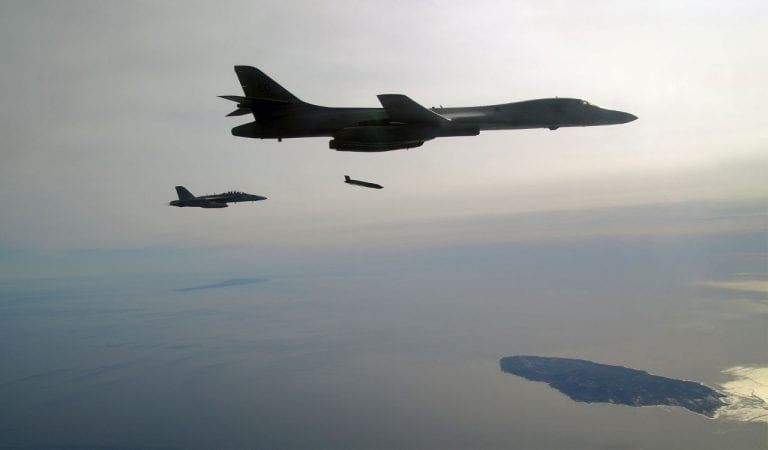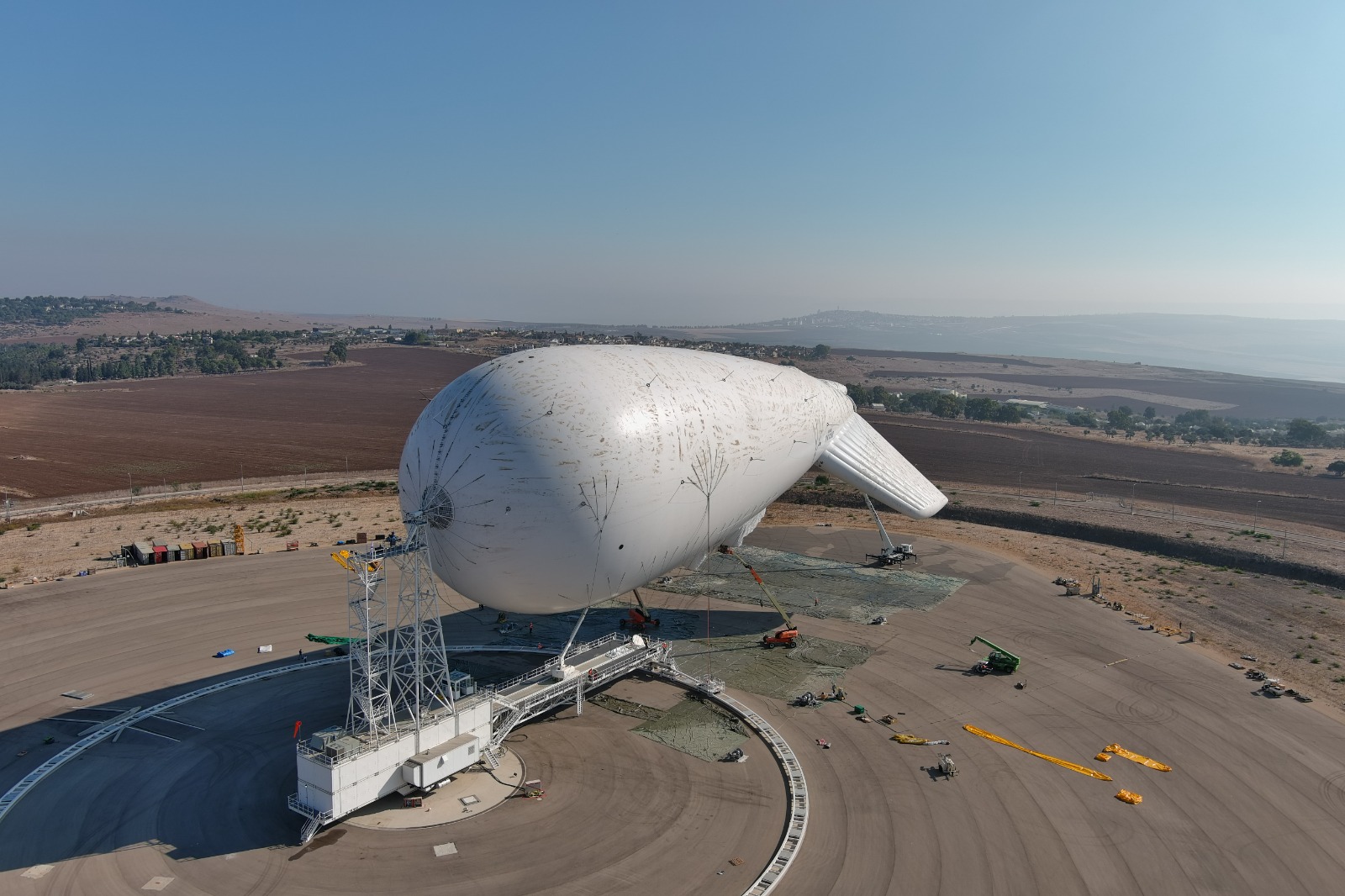Setting the A2/AD 2.0 scene — Part 1
1. Anti-access and area denial, commonly known as A2/AD, is more than another buzzword. A2/AD has become a deeply rooted way of talking about the military capabilities to prevent the South China Sea or the Sea of Japan from becoming a Chinese lake, with the US Marines and JSDF actively changing their force structure to address the massive amount of naval tonnage built by the PLA(N) from 2035 onwards.
2. Even the US Army intends to make significant changes to become a Multi-Domain Army. By 2035, the US Army will enable the Joint Force to maneuver and prevail from competition through conflict with a calibrated force posture of multi-domain capabilities that provide overmatch through speed and range at the point of need. Dynamic employment and posture of US Army forces during competition will provide range in depth to penetrate complex A2/AD systems and achieve cross-domain effects—creating opportunities and providing options to deter, deescalate, or promptly transition to win the first battle.
3. Washington estimates that Beijing has added 3,200 acres of land on 7 features in the South China Sea, building runways, ports, aircraft hangars, and communications equipment, thereby aggravating Brunei, Malaysia, the Philippines, Taiwan, and Vietnam. In the East China Sea, a territorial row over a group of islands (“Senkaku” in Japan; “Diaoyu” in China) has heightened tensions in a region already on edge from nuclear threats from North Korea. Under the prior Trump American security guarantees as seen as less reliable.
4. As Luis Simon has observed, the A2/AD term began among the China-watcher community and has since been applied to in a reverse manner by Vietnamese, Taiwanese, Japanese or Pinoy watchers and discussion threads related to disputes in the South China Sea and the East China Sea.
4. In the 1990s, China was a continental land power, and with a tradition of military thought distinct from sea power advocates for US Navy or US Marine Corps. The A2/AD concept admittedly has utility when looking at a maritime theater involving ASEAN, Taiwan, Japan or China. Therefore, I see MPAs flown in the Indo-Pacific, by India (P-8I), Vietnam (DHC-6), Taiwan (P-3C) and Japan (Kawasaki P-1), as potent anti-surface warfare and ASW weapons that can also cue other mature A2/AD weapons, like the VCM-01 (a Vietnamese version of the Russian-made Kh-35UE), the Japanese Type 88, the Taiwanese Hsiung Feng II block 2B, and the Israeli Gabriel Mk. 5. Up coming missile developments include supersonic anti-ship missiles like the ASM-3A, Hsiung Feng III and so on.
5. Since Operation Desert Storm, China and Russia have studied the American conduct of war, and have designed concepts and capabilities to exploit American weaknesses, particularly in force projection.
(d) In addition to launching from FARA, General Atomics has shown renderings of its MQ-1C Gray Eagle Extended Range variant carrying 20 air-launched effects in pods below its centreline and wings.
6. In 2021, PLA(N)’s blue water capabilities are integrated via complementary offensive and defensive operational concepts. The defining elements include resilience to U.S. attack by absorbing and deflecting American, Taiwanese, and/or Japanese strikes with precision guided weapons, attrition of high-value assets through defensive and offensive operations, destruction of critical military or economic targets necessary to sustain the fight, and disorganization of the campaign by targeting command, control, and communications.
7. In the 2035s and beyond, PLA(N)’s strategic operations encompass the Chinese vision for warfighting in a regional or large-scale war, along with concepts for managing escalation and war termination. Operations are meant to pulse military power into the theater in a manner different from simple warfighting, and inflict consequences that are strategic on Brunei, Malaysia, the Philippines, Taiwan, Vietnam, Japan or India.
Note: There is a separate thread on Hypersonic Developments; and any discussions on that topic should be posted there instead.
1. Anti-access and area denial, commonly known as A2/AD, is more than another buzzword. A2/AD has become a deeply rooted way of talking about the military capabilities to prevent the South China Sea or the Sea of Japan from becoming a Chinese lake, with the US Marines and JSDF actively changing their force structure to address the massive amount of naval tonnage built by the PLA(N) from 2035 onwards.
2. Even the US Army intends to make significant changes to become a Multi-Domain Army. By 2035, the US Army will enable the Joint Force to maneuver and prevail from competition through conflict with a calibrated force posture of multi-domain capabilities that provide overmatch through speed and range at the point of need. Dynamic employment and posture of US Army forces during competition will provide range in depth to penetrate complex A2/AD systems and achieve cross-domain effects—creating opportunities and providing options to deter, deescalate, or promptly transition to win the first battle.
3. Washington estimates that Beijing has added 3,200 acres of land on 7 features in the South China Sea, building runways, ports, aircraft hangars, and communications equipment, thereby aggravating Brunei, Malaysia, the Philippines, Taiwan, and Vietnam. In the East China Sea, a territorial row over a group of islands (“Senkaku” in Japan; “Diaoyu” in China) has heightened tensions in a region already on edge from nuclear threats from North Korea. Under the prior Trump American security guarantees as seen as less reliable.
4. As Luis Simon has observed, the A2/AD term began among the China-watcher community and has since been applied to in a reverse manner by Vietnamese, Taiwanese, Japanese or Pinoy watchers and discussion threads related to disputes in the South China Sea and the East China Sea.
4. In the 1990s, China was a continental land power, and with a tradition of military thought distinct from sea power advocates for US Navy or US Marine Corps. The A2/AD concept admittedly has utility when looking at a maritime theater involving ASEAN, Taiwan, Japan or China. Therefore, I see MPAs flown in the Indo-Pacific, by India (P-8I), Vietnam (DHC-6), Taiwan (P-3C) and Japan (Kawasaki P-1), as potent anti-surface warfare and ASW weapons that can also cue other mature A2/AD weapons, like the VCM-01 (a Vietnamese version of the Russian-made Kh-35UE), the Japanese Type 88, the Taiwanese Hsiung Feng II block 2B, and the Israeli Gabriel Mk. 5. Up coming missile developments include supersonic anti-ship missiles like the ASM-3A, Hsiung Feng III and so on.
5. Since Operation Desert Storm, China and Russia have studied the American conduct of war, and have designed concepts and capabilities to exploit American weaknesses, particularly in force projection.
(a) The US Military can no longer assume that the homeland is a sanctuary, or consider the ‘global commons’ uncontested. Force deployment will be contested from fort to port to foxhole, eroding American ability to project power. The 7th Fleet and the US Army must consider how to mobilize, project, and sustain combat power to provide its Combatant Commander with required forces and equipment.
(b) The US Army has reduced its Future Attack and Reconnaissance (FARA) competition to two contenders. New flight automation technologies will enable these rotorcraft to fly faster and closer to the surface of the ocean than ever before, it says. New missiles and loitering munitions will increase Bell's 360 Invictus and Sikorsky Aircraft's Raider X, lethal reach.
(c) TTPs to match will create a new dimension to joint warfare within the US Indo-Pacific Command; including novel air-launched effects, a sort of multi-purpose drone launched from FARA, will act as reconnaissance platforms, decoys, radar jammers and even loitering munitions many miles in advance of FARA. For example, in Aug and Sept 2020, during its Project Convergence exercises, the US Army practiced using the Area-I Altius-600 air-launched effect, which has a range of 440km or 238nm.
(d) In addition to launching from FARA, General Atomics has shown renderings of its MQ-1C Gray Eagle Extended Range variant carrying 20 air-launched effects in pods below its centreline and wings.
6. In 2021, PLA(N)’s blue water capabilities are integrated via complementary offensive and defensive operational concepts. The defining elements include resilience to U.S. attack by absorbing and deflecting American, Taiwanese, and/or Japanese strikes with precision guided weapons, attrition of high-value assets through defensive and offensive operations, destruction of critical military or economic targets necessary to sustain the fight, and disorganization of the campaign by targeting command, control, and communications.
7. In the 2035s and beyond, PLA(N)’s strategic operations encompass the Chinese vision for warfighting in a regional or large-scale war, along with concepts for managing escalation and war termination. Operations are meant to pulse military power into the theater in a manner different from simple warfighting, and inflict consequences that are strategic on Brunei, Malaysia, the Philippines, Taiwan, Vietnam, Japan or India.
Note: There is a separate thread on Hypersonic Developments; and any discussions on that topic should be posted there instead.
Last edited:





